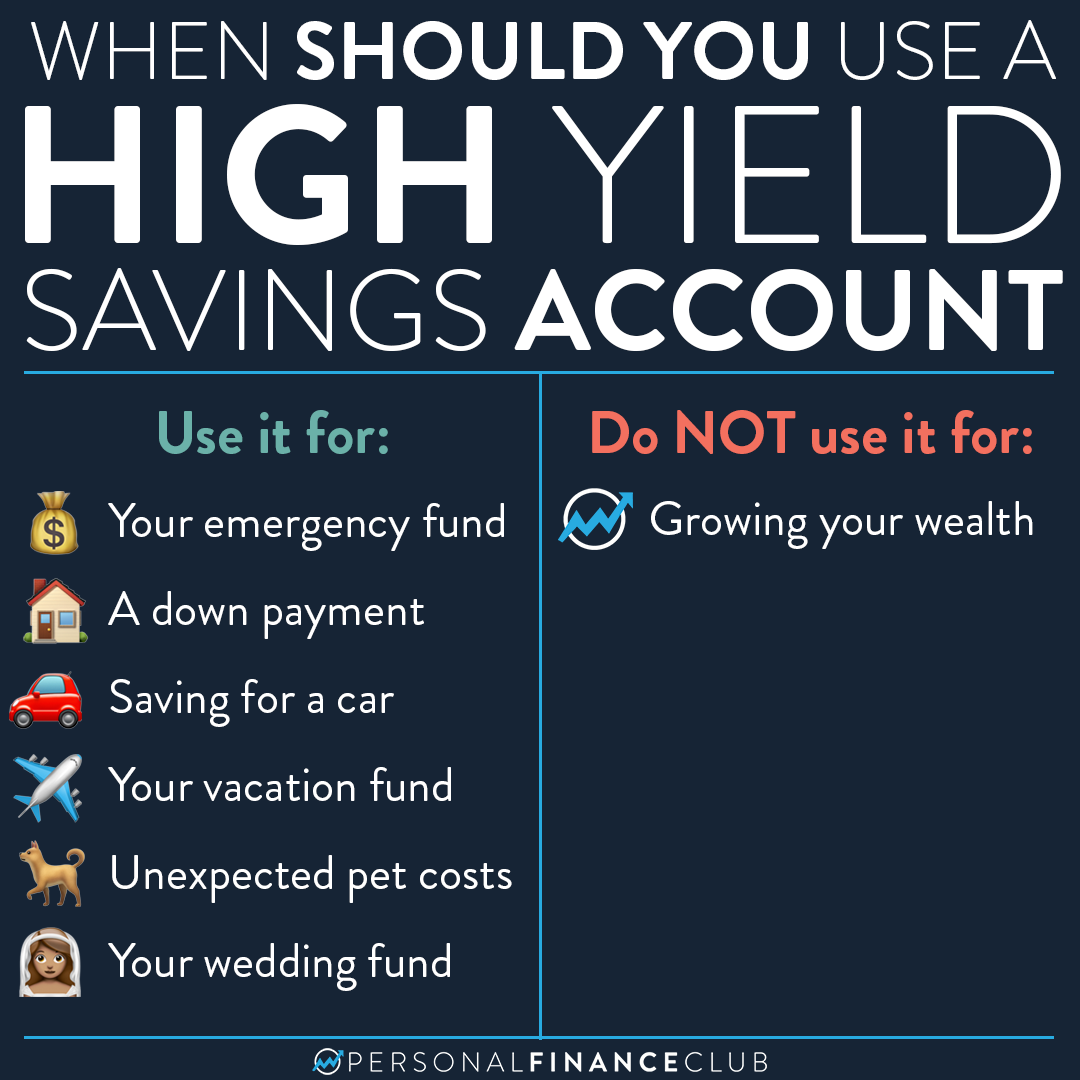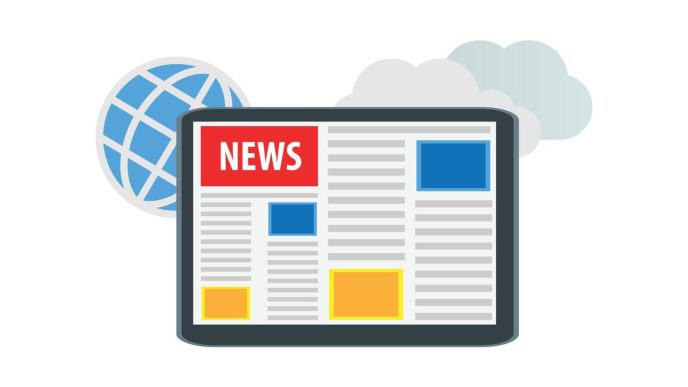High-Yield Savings Accounts: A Comprehensive Guide
In a world where interest rates are constantly fluctuating, a high-yield savings account (HYSA) provides a smart way to earn more on your savings. Whether you’re looking to build an emergency fund or just earn more on your current savings, a high-yield savings account offers higher returns than a regular savings account. In this guide, we’ll explore everything you need to know about HYSAs, from how they work to choosing the best one for your financial goals.
:max_bytes(150000):strip_icc()/how-to-open-a-high-yield-savings-account-4770631-final-c7f448b5c0bc48658a3c6a4c7afa0a3d.jpg)
What is a High-Yield Savings Account?
A high-yield savings account (HYSA) is a type of savings account that offers a much higher interest rate compared to traditional savings accounts. This makes it an ideal option for individuals looking to grow their savings faster while keeping their money safe and accessible.
Key Features of a High-Yield Savings Account:
-
Higher Interest Rates: The main advantage of a HYSA is its ability to offer a significantly higher interest rate, often 10 to 25 times more than a traditional savings account.
-
Safety: HYSAs are typically offered by FDIC-insured banks, meaning your funds are protected up to $250,000 per depositor, per insured bank.
-
Liquidity: You can access your money at any time, making HYSAs more flexible than investment accounts.
If you want to start earning more on your savings, opening a high-yield savings account is a step in the right direction. Learn more about how high-yield savings accounts work.
How Do High-Yield Savings Accounts Work?
High-yield savings accounts work similarly to traditional savings accounts but with one crucial difference: the interest rate. The interest you earn is typically compounded daily, monthly, or quarterly, depending on the bank. This means your earnings will grow faster than with a typical savings account.
How Interest is Calculated:
Interest is calculated based on your balance and the annual percentage yield (APY) offered by the bank. The higher the APY, the more your savings will grow over time. For example, if you have $1,000 in an account with a 2% APY, you’ll earn $20 annually, compounded periodically.
Additionally, many high-yield savings accounts offer easy online access and mobile banking, allowing you to manage your money conveniently.
Why Choose a High-Yield Savings Account?
1. Earn More on Your Savings
If you’re not happy with the interest rate offered by your regular savings account, switching to a high-yield savings account allows you to earn higher returns with minimal effort.
2. Low Risk and Safe Investment
Unlike stocks or bonds, a high-yield savings account provides a safe way to earn interest without the risk of market volatility. Since these accounts are FDIC-insured, your money is protected.
3. Easy Access to Funds
Although you earn higher interest, your money remains accessible. You can make withdrawals or transfers without penalties (though some banks may limit the number of withdrawals per month).
4. Perfect for Short-Term Goals
If you’re saving for a short-term goal, such as a vacation, new gadget, or emergency fund, a high-yield savings account is an excellent way to keep your money safe while earning more in interest.
How to Choose the Best High-Yield Savings Account
Choosing the best high-yield savings account involves considering a few key factors. Here are the most important aspects to look at:
1. Interest Rate (APY)
The APY (Annual Percentage Yield) is the most important factor when choosing a HYSA. Compare the APYs offered by different banks and choose the one with the highest return.
2. Fees and Minimum Balance Requirements
While many high-yield savings accounts come with no fees, some may charge maintenance fees or require a minimum balance to avoid penalties. Be sure to check these terms before opening an account.
3. Account Access and Features
Look for an account that offers features such as mobile banking, ATM access, and automatic transfers. A well-rounded banking experience can make managing your savings easier.
4. Bank Reputation
Make sure to choose a bank that is reputable and trustworthy. Consider factors such as customer service, online reviews, and FDIC insurance when making your decision.
By evaluating these aspects, you’ll be able to select the high-yield savings account that best fits your financial needs.

Pros and Cons of High-Yield Savings Accounts
Like any financial product, high-yield savings accounts come with both advantages and disadvantages. Understanding these can help you make an informed decision.
Pros:
-
Higher interest rates than traditional savings accounts.
-
Low risk because funds are typically FDIC-insured.
-
Easy access to your funds with no penalties for withdrawals in many cases.
-
Automatic compounding allows your savings to grow faster over time.
Cons:
-
Interest rates can change: The APY can fluctuate, so you may not always earn the same return.
-
Limited withdrawals: Some accounts limit the number of withdrawals or transfers you can make each month.
-
Not suitable for long-term growth: HYSAs generally offer lower returns compared to stocks or investment accounts over the long term.
Frequently Asked Questions (FAQs)
1. Are high-yield savings accounts worth it?
Yes, if you’re looking for a safe and low-risk way to earn more on your savings, a high-yield savings account is an excellent choice. It offers better returns than a traditional savings account and allows for easy access to your money.
2. How do I open a high-yield savings account?
To open a high-yield savings account, you’ll typically need to provide basic personal information, such as your Social Security number, address, and employment details. Some banks allow you to open the account online, while others may require you to visit a branch.
3. Can I have multiple high-yield savings accounts?
Yes, you can have as many high-yield savings accounts as you like. This can be useful if you’re saving for different financial goals and want to keep your funds separate.
4. Is my money safe in a high-yield savings account?
Yes, if the account is FDIC-insured, your deposits are protected up to $250,000 per depositor, per bank. This makes high-yield savings accounts one of the safest places to store your money.
5. What is the difference between APY and interest rate?
The interest rate is the amount of interest you’ll earn on your savings, while the APY (Annual Percentage Yield) takes into account the compounding of interest. APY reflects the actual annual return, while the interest rate is the basic rate without considering compounding.
Conclusion
A high-yield savings account is an excellent choice for individuals looking to earn more on their savings while keeping their money safe and accessible. By offering higher interest rates, flexibility, and FDIC insurance, these accounts are perfect for short-term savings goals. Be sure to shop around for the best APY, fees, and features to find the right account for your needs.



